In the zombie-ravaged world of Techland’s Dying Light series, few protagonists have left as indelible a mark as Kyle Crane, the parkour-running operative from the original 2015 hit.
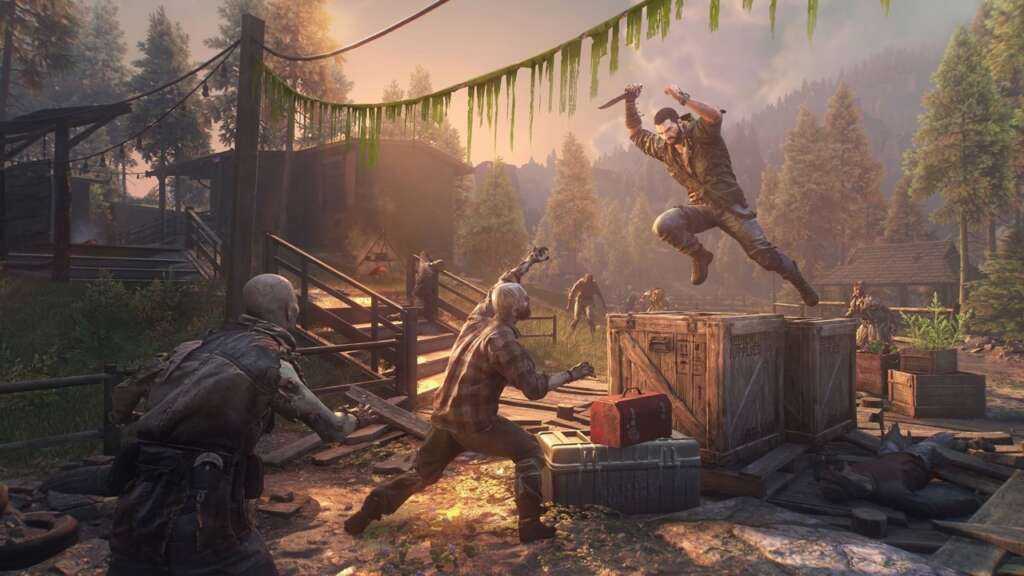
After years of fan anticipation—and a narrative cliffhanger that teased his monstrous transformation—Crane finally returns in Dying Light: The Beast, a standalone survival horror adventure released on September 18, 2025. The latest entry not only revives the franchise’s formula but pushes it into beastly new territory.
The Return of Crane: Man or Monster?
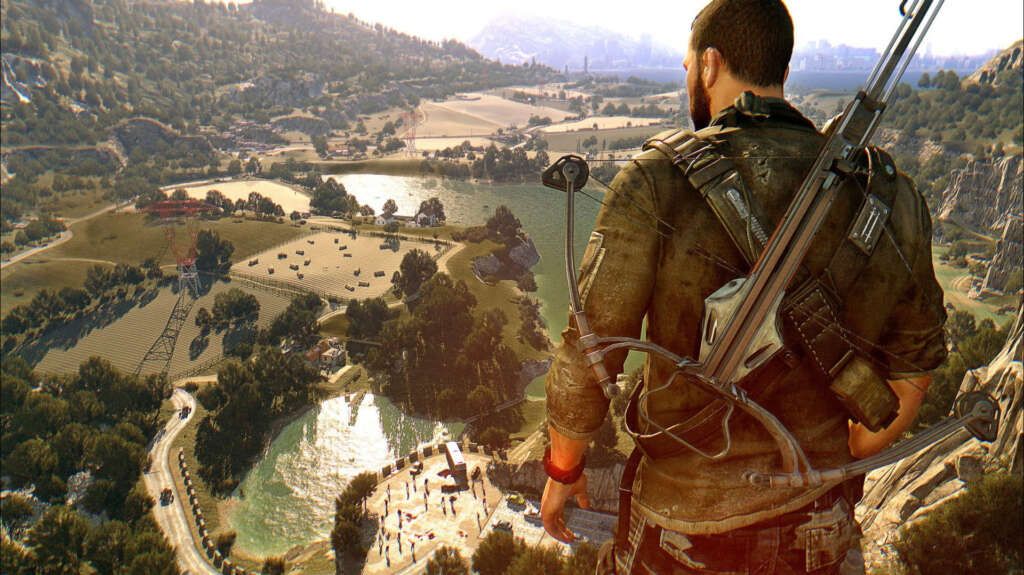
Dying Light: The Beast picks up eight years after Crane’s harrowing fate in the The Following expansion, where he was injected with a volatile strain that turned him into a sentient nightmarish creature. Captured by the enigmatic Baron and subjected to brutal experiments by the Global Relief Effort (GRE), Crane escapes into the fog-shrouded forests of Castor Woods—a once-idyllic Alpine tourist haven now teeming with undead horrors.
The story unfolds as a revenge-fueled hunt, with Crane grappling against his inner beast: a rage-driven alter ego that grants superhuman strength but threatens to consume his humanity.
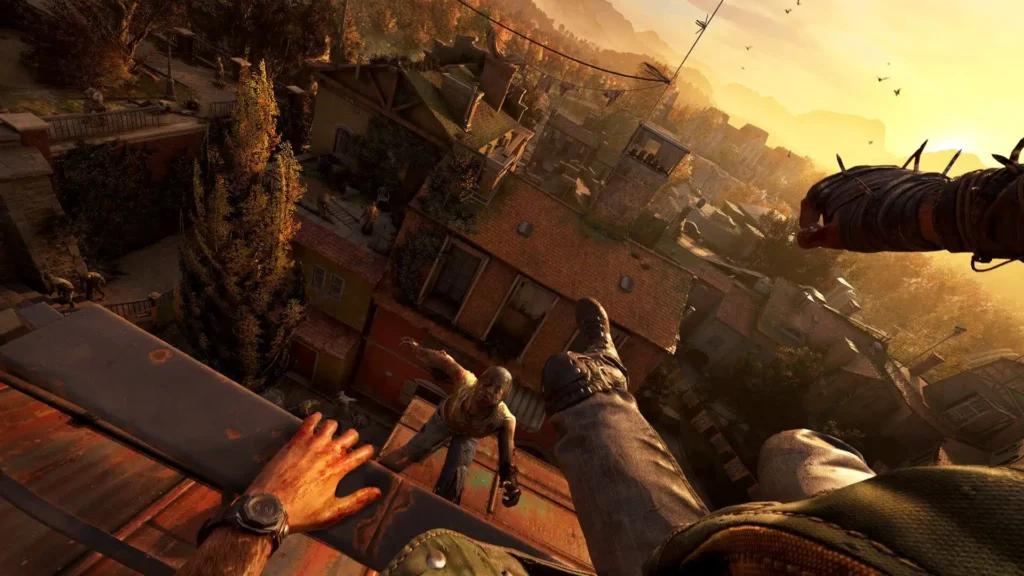
Players control Crane in first-person, seamlessly switching between his “human” mode for stealthy parkour traversal and scavenging, and “beast” mode for visceral, over-the-top combat. Imagine leaping 50 feet into the air to pounce on a horde, ripping heads off with bare hands, or unleashing a deafening roar that disorients zombies—it’s Dying Light’s brutal melee system dialed up to eleven.
The game’s signature day-night cycle evolves here too: daytime favors exploration and vehicle chases in a 4×4, while night merges both playstyles into a relentless survival gauntlet, where the ticking clock amps up the tension.
Gameplay That Bites Back
Castor Woods is a masterclass in environmental storytelling: dense swamps give way to abandoned chalets and jagged mountain paths, encouraging rooftop dashes in derelict villages or high-speed off-road ramps to evade pursuing Volatiles. Combat feels evolved—lead pipes and molotovs remain staples, but beast abilities unlock through epic boss fights against enhanced infected, rewarding experimentation with skull-crushing finishers and environmental kills.
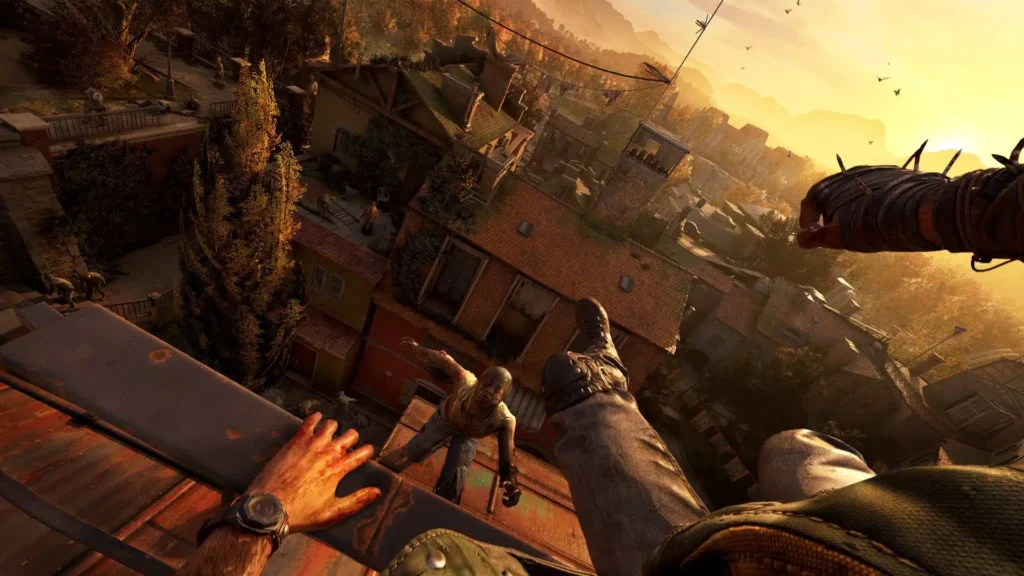
Co-op shines in shared-progress mode, where up to four players tackle the wilderness as a unit, turning solo dread into chaotic camaraderie. Recent hotfixes have refined zombie grabs for fairer encounters, ensuring the AI’s aggression doesn’t overshadow player agency. For newcomers, it’s an accessible entry; series veterans will relish the callbacks to Harran’s rooftops.
Critical Roar and Community Howl
Upon launch, Dying Light: The Beast garnered solid praise for recapturing the original’s magic while innovating on its monstrous theme. IGN called it “a goofy, bloody sequel with a monstrous twist,” lauding the destruction left in Crane’s wake but noting its familiar beats for franchise faithful.
Reddit’s r/dyinglight subreddit erupted in agreement that it’s the “true sequel” to the first game, praising its grounded parkour and zombie-slaying purity over Dying Light 2’s ambitious but divisive scope.
Why The Beast Matters
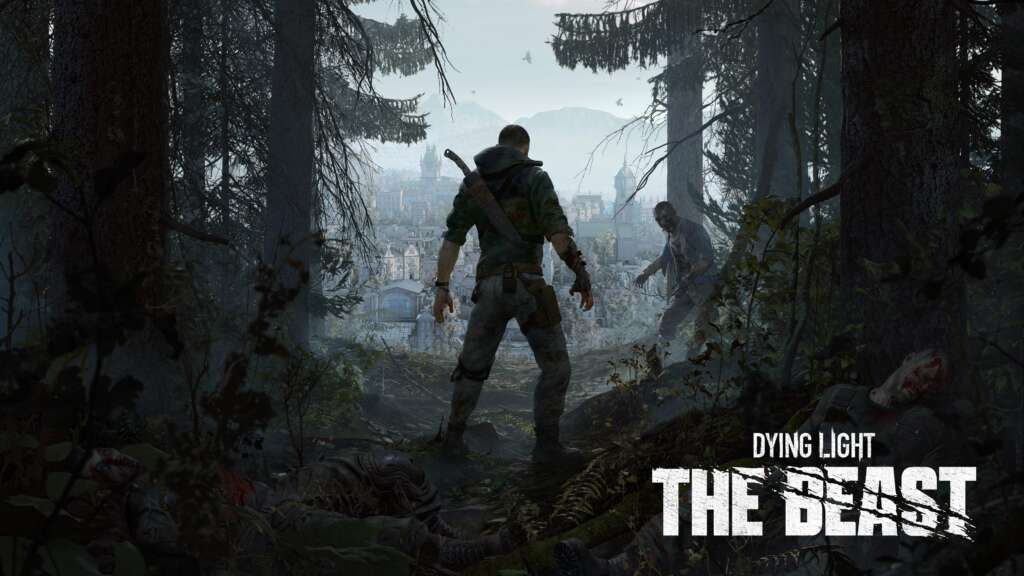
In a genre bloated with open-world sprawl, Dying Light: The Beast is a lean, mean reminder of what makes zombie apocalypses addictive: fluid movement, heart-stopping nights, and the thrill of embracing your inner monster. Techland’s pivot from DLC to standalone was a gamble that paid off, delivering a love letter to fans while inviting new survivors to the fray. As Crane snarls into the abyss, one thing’s clear—this beast isn’t done hunting yet. Grab your grapple hook; the woods are calling.
The most important of all is the fact that Techland catered to the casual gamer as well as the hardcore gamer.





Leave a Comment